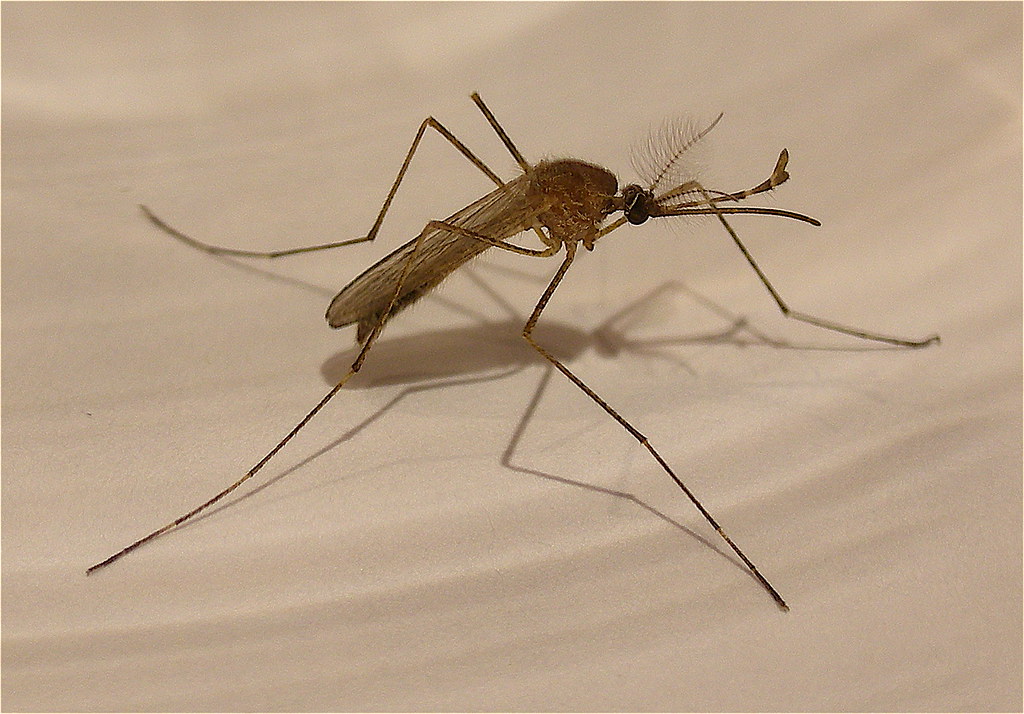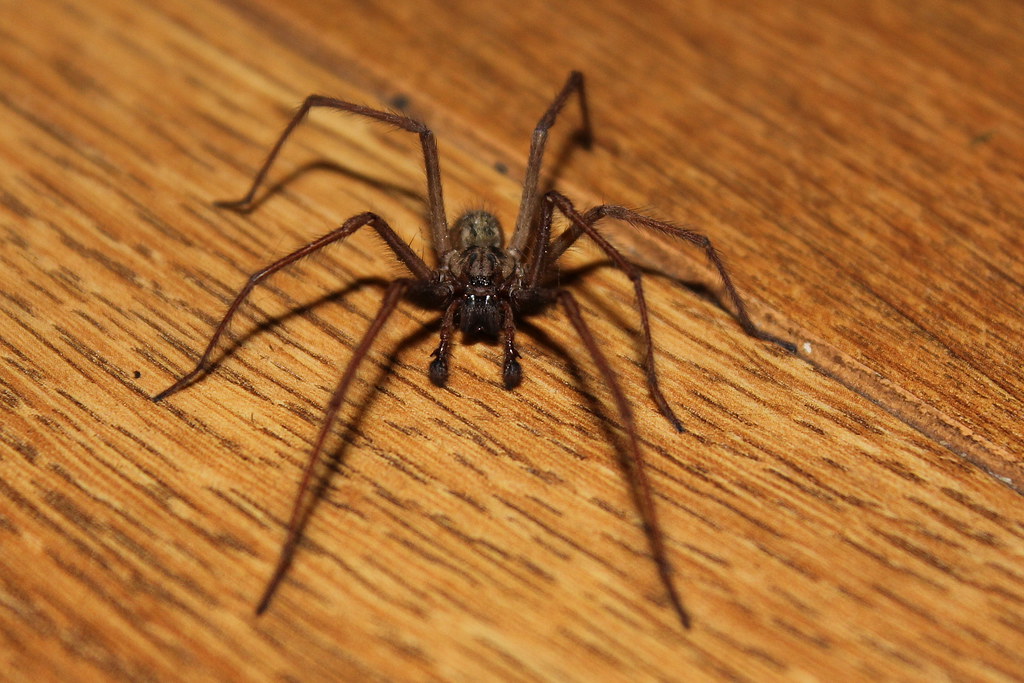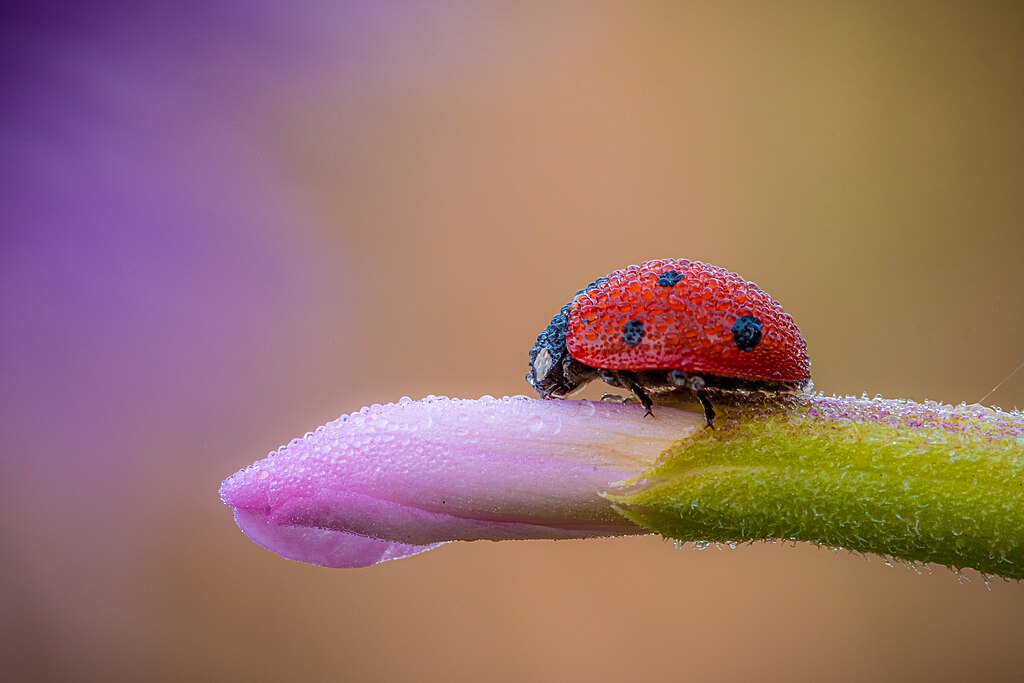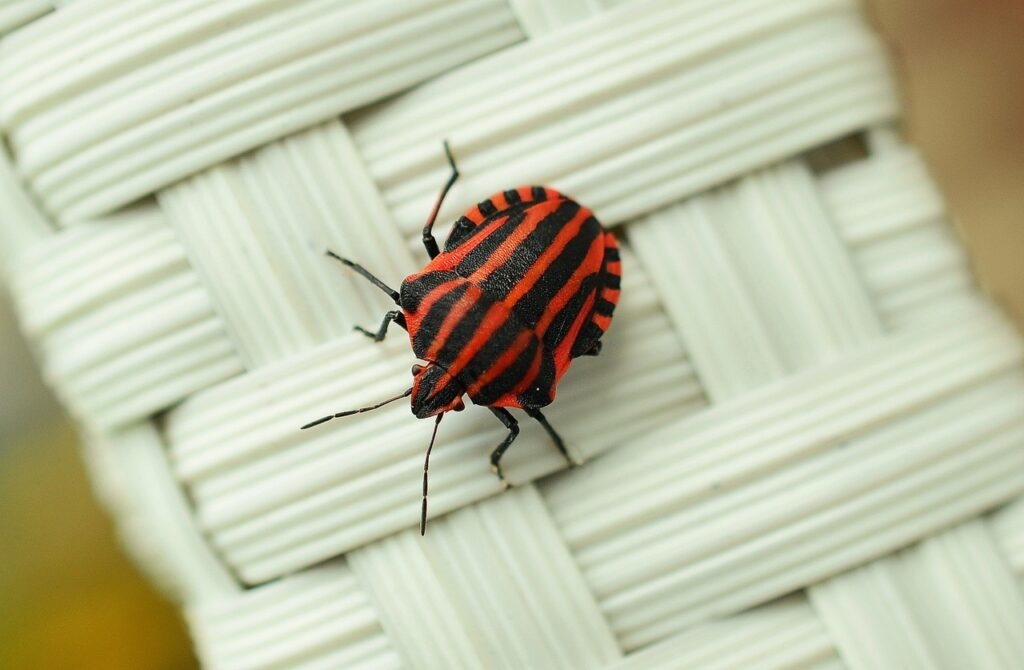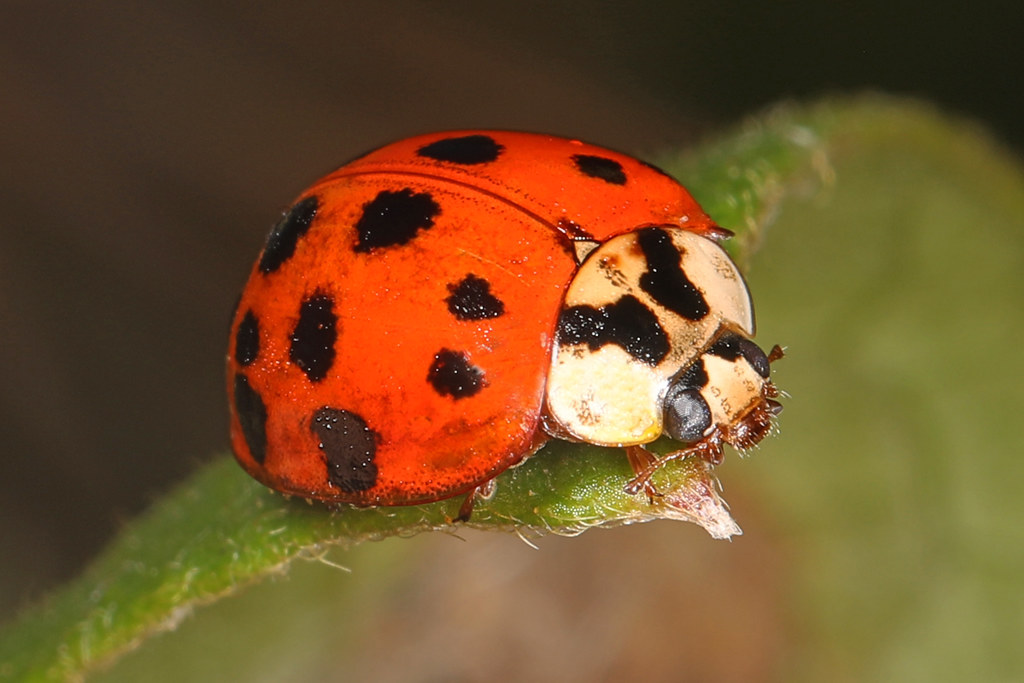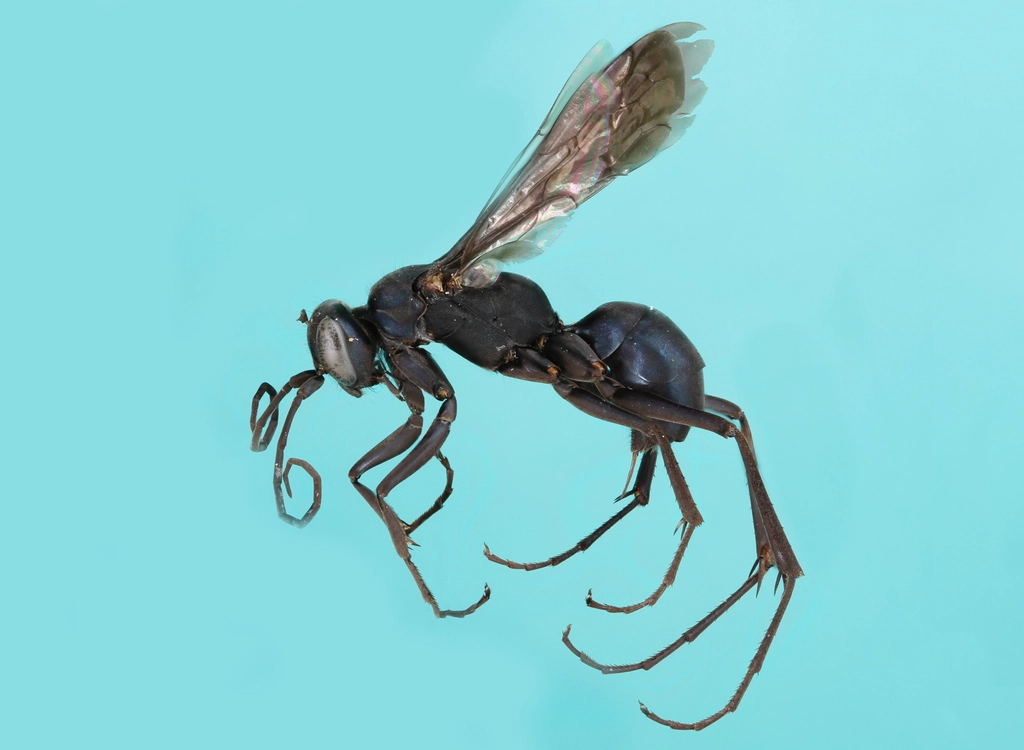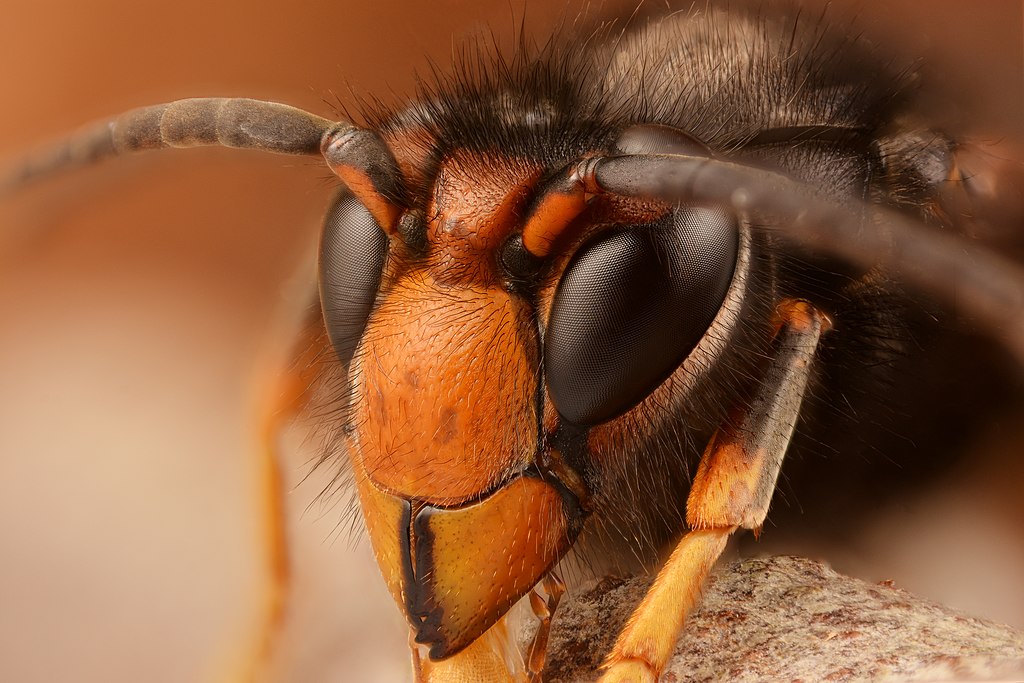Great Lakes Great Mosquitoes Why They are So Fierce Up North
The moment you step out of your car near Lake Superior on a humid July evening, you hear it – that familiar high-pitched whine that makes your skin crawl. But something’s different here. The mosquitoes aren’t just annoying; they’re relentless, almost aggressive in their pursuit. These northern bloodsuckers seem to possess a supernatural ability to ...

